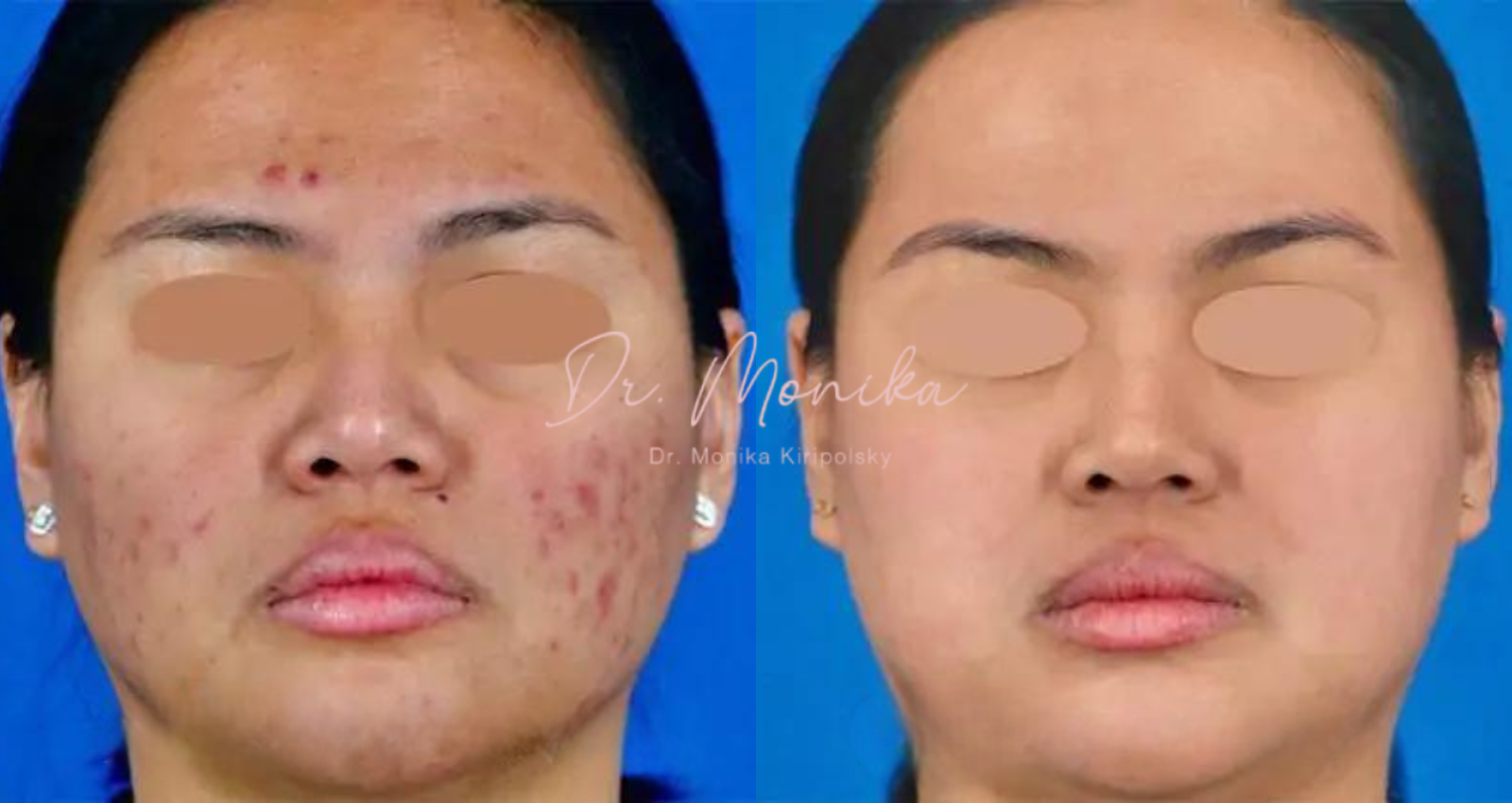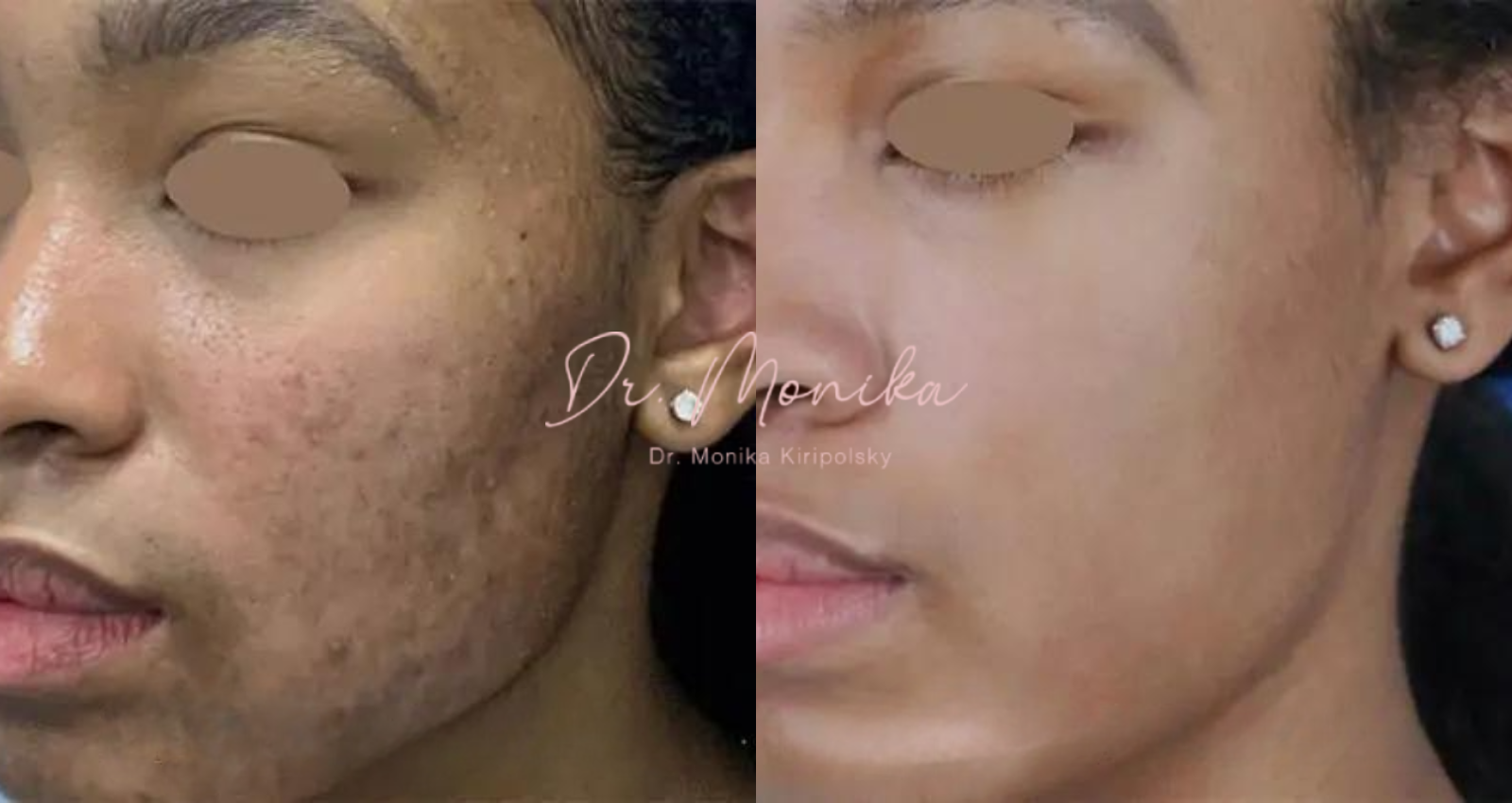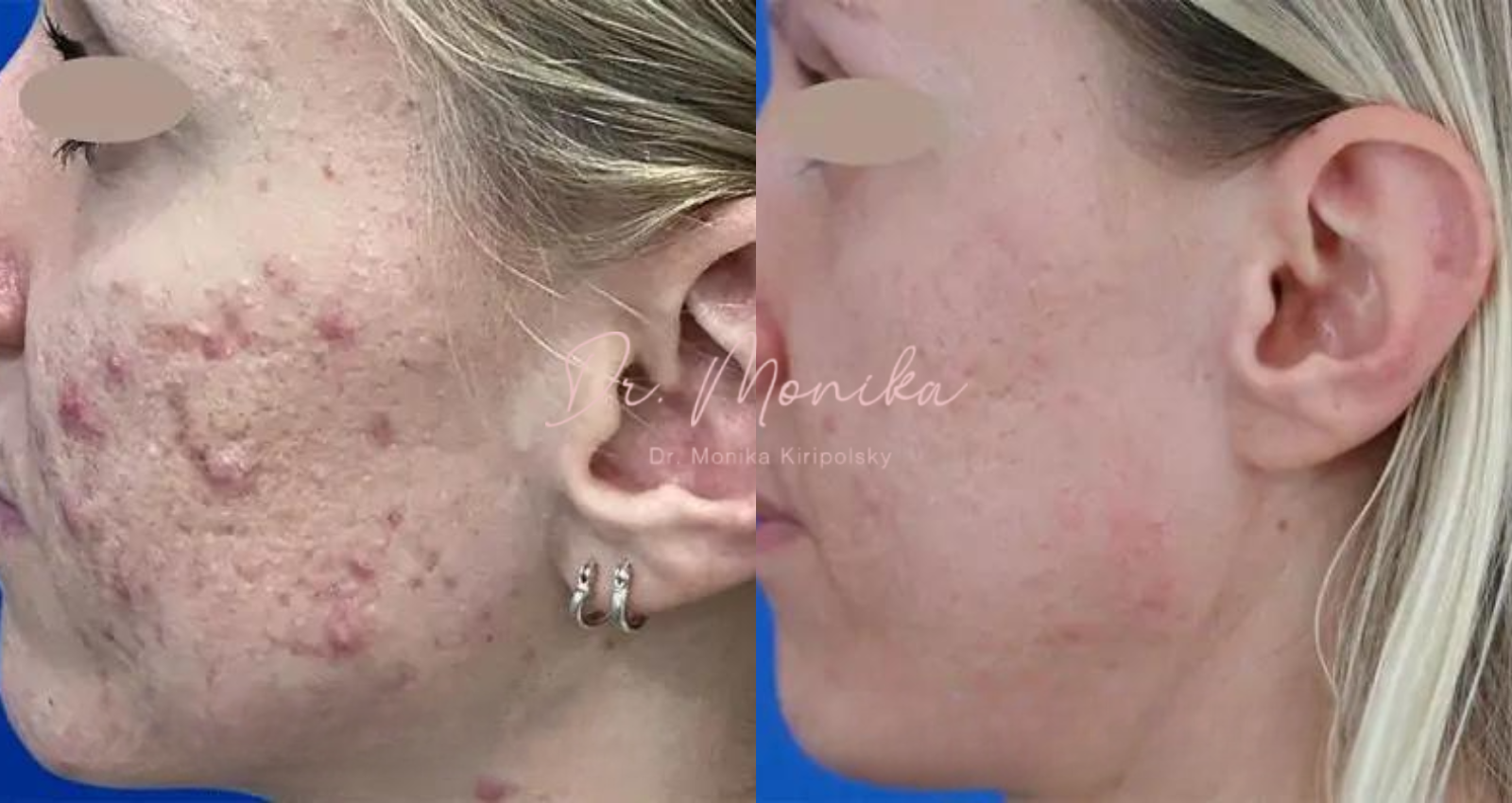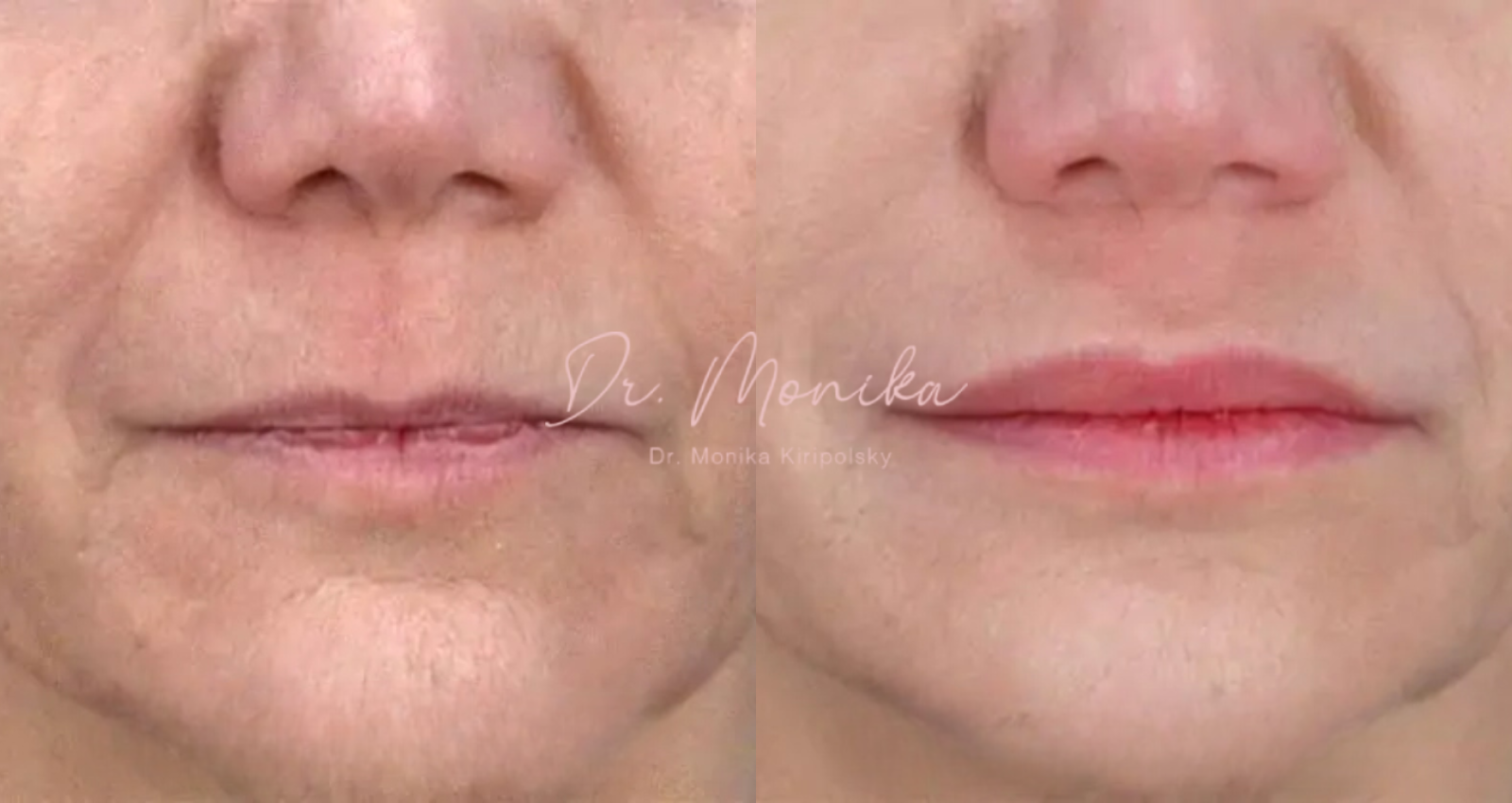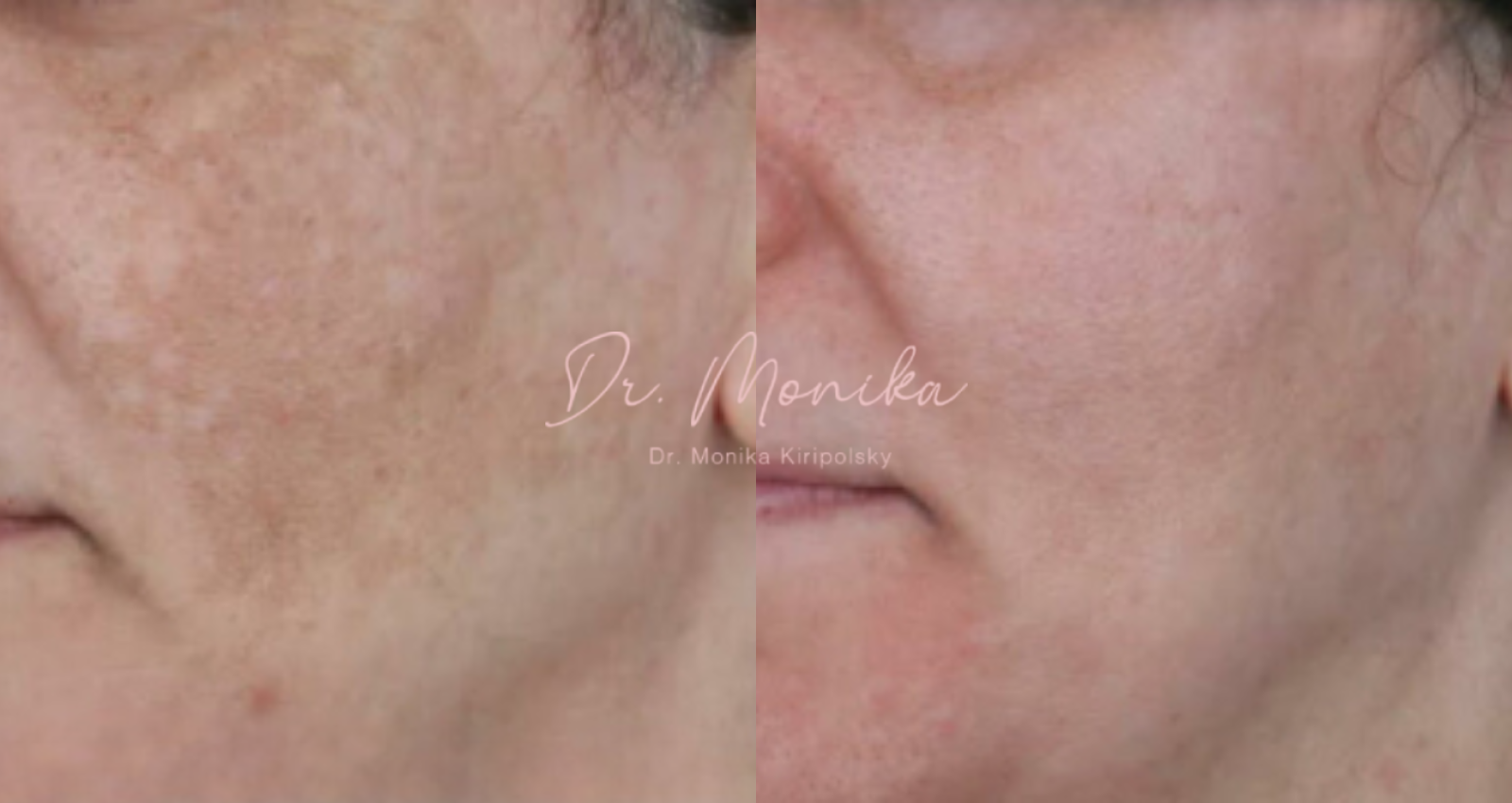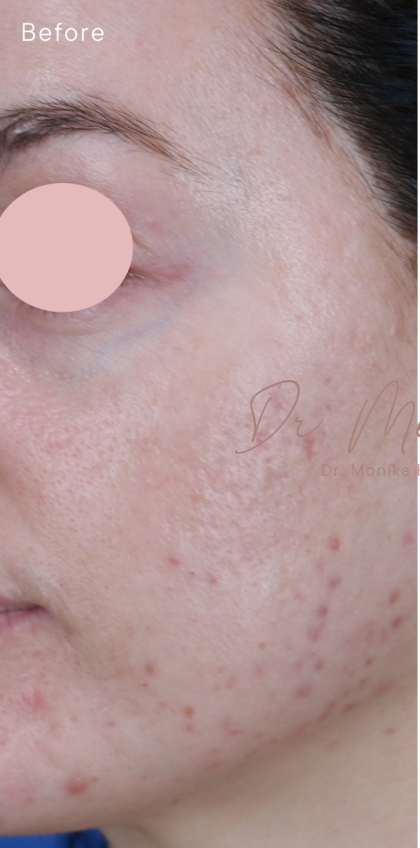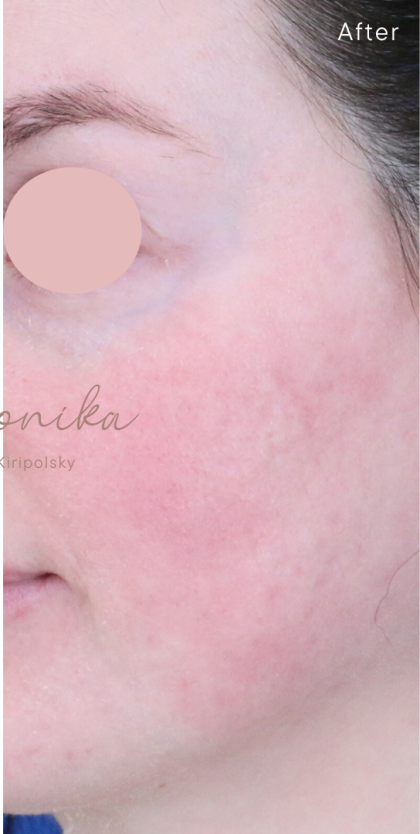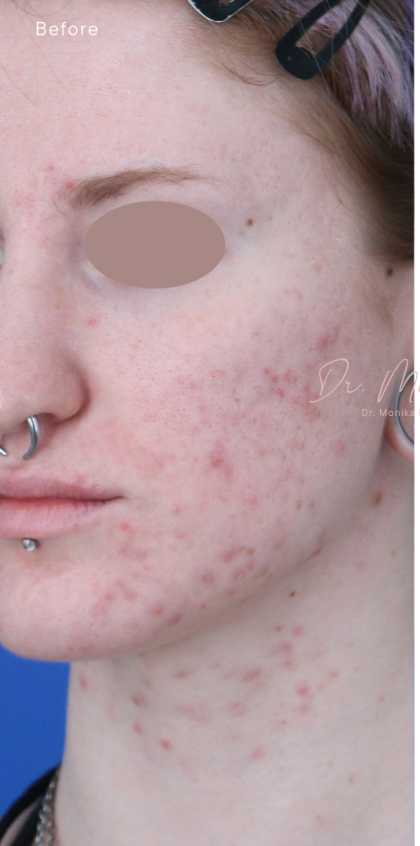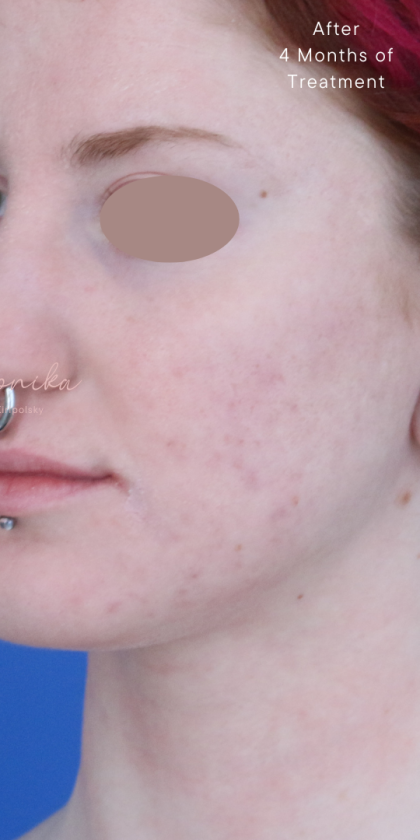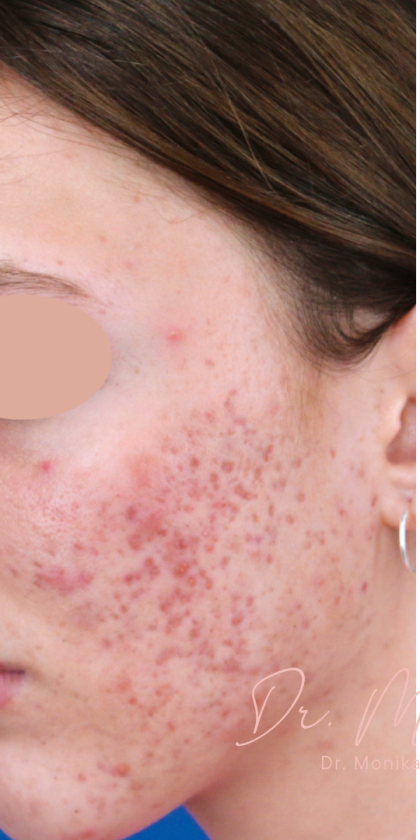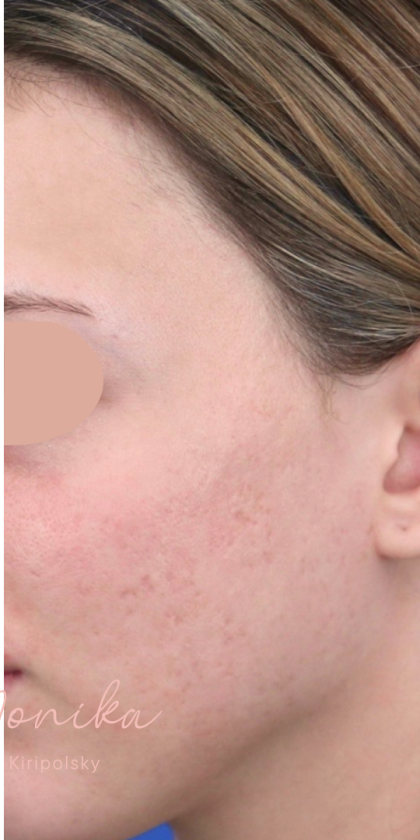Ablative Laser Resurfacing
Conveniently located to serve the areas of Beverly Hills, Newport Beach and Los Angeles, CA

CO2 laser resurfacing is an exceptional approach to transforming and revitalizing your skin, unveiling a more youthful and radiant complexion. This cutting-edge treatment involves the use of advanced laser devices that emit concentrated light energy, which transforms into thermal energy upon contact with the skin. The controlled micro-injuries induced during the process trigger a heightened healing response, leading to the production of new collagen and elastin.
Before and After Photos
Beverly Hills MKMD Laser Skin Resurfacing Gallery




Contents
About CO2 Laser Resurfacing
Renowned as the gold standard in minimally invasive cosmetic rejuvenation, CO2 lasers stand out for their ability to address a diverse range of concerns with remarkable efficacy, often requiring fewer sessions. It is a scientifically-backed treatment used for the reduction of:
- Fine Wrinkles
- Sun Damage
- Stretch Marks
- Age Spots
- Mild Skin Laxity
- Birthmarks
- Scars
- Uneven Texture
- Benign Warts & Growths
CO2 lasers produce outstanding results when utilized by an expert hand with extensive knowledge in dermatology.
If you’re ready to attain the skin rejuvenation you’ve been looking for, book a consultation today with board-certified dermatologist and fellowship-trained laser and cosmetic surgeon Dr. Monika Kiripolsky. Dr. Kiripolsky’s deep understanding of skin science gives her the skills she needs to provide customized laser procedures for all skin types. Her dedication to keeping up with the latest studies, participation in research, and experience in cosmetic surgery give her an edge over other offices who offer CO2 laser treatment. To get started today, visit her practice in Beverly Hills, CA by calling (424) 652-6563, or request a consultation online.
How Do CO2 Lasers Work?
Laser energy is measured in wavelength, the frequency at which units of light are emitted. CO2 lasers emit light at a very high frequency of 10,600 nm, the optimal wavelength that is easily absorbed by water within the skin. (1) Some lasers are fully ablative– they target both the epidermis and dermis layers of the skin, causing more damage to the skin. Some are equipped with the collagen regeneration benefits of fully ablative lasers, but they distribute fractional laser energy in pixelated patterns, allowing patients to recover faster. As a result, patients can enjoy the benefits of fractional CO 2 laser light with minimized side effects.
With fractionated technology, research finds that patients’ skin typically requires only 8 to 12 days of social downtime. (2) Dr. Kiripolsky stands by the effectiveness of fractionated laser light that distributes laser in tiny columns throughout the skin, allowing the surrounding, untargeted areas to help re-epithelize the micro-injuries more rapidly. Upon stimulating cells, they respond by increasing their production of collagen and elastin, the connective fibers needed for fresher, clearer, and more youthful skin.
Lasers can also stimulate proteoglycans, vital proteins for maintaining a hydrating environment surrounding the skin cells- an area called the extracellular matrix. (3) This is why CO 2 lasers can address deeper skin conditions that have been present for years, like severe acne scars, post-operative scars, skin laxity, and poor skin texture.
CO2 lasers also address common skin issues associated with the natural aging process, like wrinkles from sun exposure and repetitive facial movements over the years. Research finds that this technology can result in a 90% wrinkle reduction and is safe for use around the eyes and mouth. (2)
Candidates for Laser Resurfacing
Fractional CO2 treatments are gentle enough for patients of all skin types with any of the benign skin conditions mentioned above. However, those with darker skin tones may be more prone to developing keloids after laser treatment, so be sure to discuss this with Dr. Kiripolsky if you have a history of this type of scarring. She will be able to customize your pre-treatment regime and laser session to fit your needs and mitigate the risks of hyperpigmentation or hypopigmentation.
CO2 lasers can target unwanted pigmentation, but they are not effective in reducing vascular lesions like spider veins or rosacea. Patients with vascular problems such as these may benefit more from intense pulsed light (IPL), a light-based therapy that eliminates small blood vessels and superficial discoloration.
Personal Consultation
During your consultation with Dr. Kiripolsky, she will thoroughly discuss your specific skin concerns, your skin health history, and what you’ve tried so far to treat them. She will outline what you need to know to prepare for your laser session, what to expect during treatment, and steps you need to take to ensure you heal well during your recovery. You will be able to ask any questions you may have regarding results and how many sessions are optimal for you. Dr. Kiripolsky will determine if CO 2 laser sessions are right for you or if you would benefit more from another skin treatment.
To take the first step today, call her Beverly Hills practice at (424) 652-6563 or fill out her online contact form, and a member of her staff will respond to your inquiry as soon as possible.
Preparation
Before your laser sessions, you should protect yourself from UV rays by applying broad-spectrum sunscreen with an SPF of 30 or more and staying away from sun exposure in general. UV rays can raise your risk of experiencing skin discoloration after your treatment. (4)
If you have a history of hyperpigmentation, Dr. Kiripolsky may prescribe hydroquinone, a topical cream to prevent this side effect from reoccurring. Dr. Kiripolsky also proactively prescribes an antiviral medication that can prevent the occurrence of an unwanted viral infection.
CO2 Laser Procedure Steps
Unlike ablative CO2 laser procedures that require general anesthesia, the fractional CO2 laser treatments that Dr. Kiripolsky performs only require topical and/or local anesthesia. You may be given the option to take a sedative to keep you relaxed during the procedure. Dr. Kirpolsky will apply the device’s handpiece over your skin, administering pulses of light in controlled passes over the treatment area.
Some patients describe mild discomfort or slight pricking sensations. With every pulse, the skin of the targeted area will tighten slightly and exhibit a pattern of tiny dots. As you heal in the following days, these dots will diminish. Each session typically takes about 45 minutes to an hour to complete, depending on the size of the treated area.
Recovery and Results
Immediately after your session, you will experience some tenderness for roughly 1 hour. Due to the nature of the procedure, your skin may appear to look red and scabbed over. This is a normal response to the strength of the laser and over time, the scabs will start to shed as your skin begins to heal.
Although it can look alarming, peeling skin is a completely normal reaction and indicates that the skin is healing. For the following months, you should continue to wear sunscreen and/or limit UV ray exposure to help prevent hyperpigmentation. Usually, patients begin to see some improvements within 2 weeks of healing, but the results will continue to settle in gradually over the next 6 months as more collagen begins to develop. Once your skin has adequately healed, Dr. Kiripolsky can advise you on how to best care for your skin to prevent further signs of aging.
How Many Laser Skin Resurfacing Sessions Will I Need?
Due to the strength of our laser, many patients who chose to undergo CO2 laser for anti-aging purposes attain satisfying results after just one session. Generally, our CO2 laser has the power to turn the clock back 10 years, helping patients obtain a more youthful and rejuvenated appearance. For patients undergoing treatment for scarring and other concerns, it depends on your unique concerns and your expectations; Dr. Kiripolsky will provide you with personalized guidance and formulate a treatment plan that will provide you with the most effective results.
FAQ
What areas of the body can fractional CO2 lasers treat?
Although most patients choose to treat their face, CO2 lasers can create rejuvenation results in virtually any part of the body.
How many CO2 laser sessions will I need?
Fractionated CO2 laser sessions usually offer comprehensive results with just one treatment session, but some patients choose to undergo 2 to 4 sessions in total, depending on their needs. You will need to wait a few months between each session to ensure adequate healing and reveal the full results of each treatment.
How long do the results of CO2 laser skin resurfacing last?
The results can last years; it depends on your age and your skin’s unique response to the treatment. To extend your results, you should continue to wear daily sunscreen and consult your skincare specialist on the most hydrating, antioxidant-rich products to use.
What is the cost of CO2 laser skin resurfacing in Beverly Hills?
The cost of your CO2 laser treatment will depend on which area of the body you would like to treat, the size of the area, and the number of sessions you plan to undergo. We will give you a breakdown of the costs involved after your consultation. Those interested in payment plans should review financing options with CareCredit, offering patients an alternative means of covering the costs at Dr. Kiripolsky’s Beverly Hills practice.
To find out more or to inquire about our other procedures mentioned on our blog, call (424) 652-6563 or get in touch online.
References
- Ramsdell W. Fractional Carbon Dioxide Laser Resurfacing. Seminars in Plastic Surgery. 2012;26(03):125-130. doi:https://doi.org/10.1055/s-0032-1329414
- Verma N, Yumeen S, Raggio BS. Ablative Laser Resurfacing. PubMed. Published 2023. Accessed January 3, 2024. https://www.ncbi.nlm.nih.gov/books/NBK557474/#:~:text=Laser%20Basics&text=Ablative%20lasers%20vaporize%20tissue%20and
- Borges J, Araújo L, Cuzzi T, Martinez L, Gonzales Y, Manela-Azulay M. Fractional Laser Resurfacing Treats Photoaging by Promoting Neocollegenesis and Cutaneous Edema. The Journal of clinical and aesthetic dermatology. 2020;13(1):22-27. https://www.ncbi.nlm.nih.gov/pmc/articles/PMC7028380/
- Prohaska J, Talel Badri. Laser Complications. Nih.gov. Published April 4, 2019. https://www.ncbi.nlm.nih.gov/books/NBK532248/

